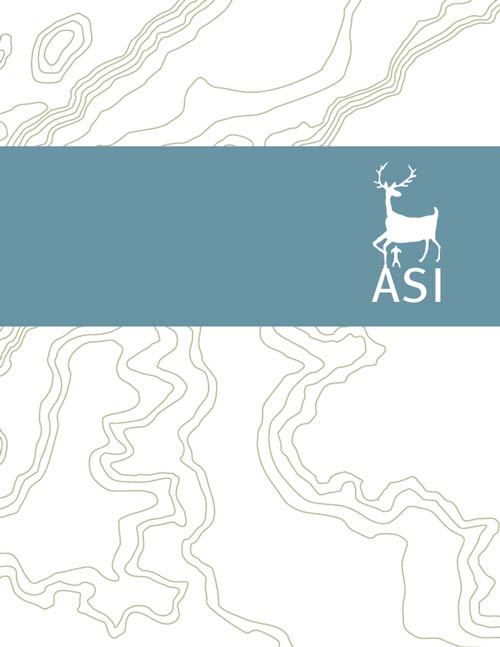Early Paleo-Indians at the Mount Albion West site in Hamilton, Ontario, situated on the brow of the Niagara Escarpment on top of a local outcrop of Lockport-Goat Island Formation chert, chose not to use it in favour of Onondaga and Fossil Hill Formation cherts. A slightly later, more transient, Paleo-Indian site, situated a few kilometres to the east, has a significant presence of Selkirk and Haldimand chert, although it too exhibits a preference for Onondaga chert for the manufacture of formal tools. In contrast, Late Paleo-Indian Hi-Lo sites throughout the north shore watershed of Lake Erie show a preference for Haldimand chert across all tool categories. Later, in the Archaic period, regional populations seem to make increasing use of local toolstones such as Lockport- Goat Island Formation chert, although Onondaga chert remains popular, especially for formal tools. In this paper we reflect on the dynamics of toolstone acquisition and use by Early Holocene groups in the Niagara Peninsula and how these dynamics may have been influenced by constraints of the social and natural environment or more specifically by toolstone distribution, availability, knapping quality, durability, and aesthetics.



